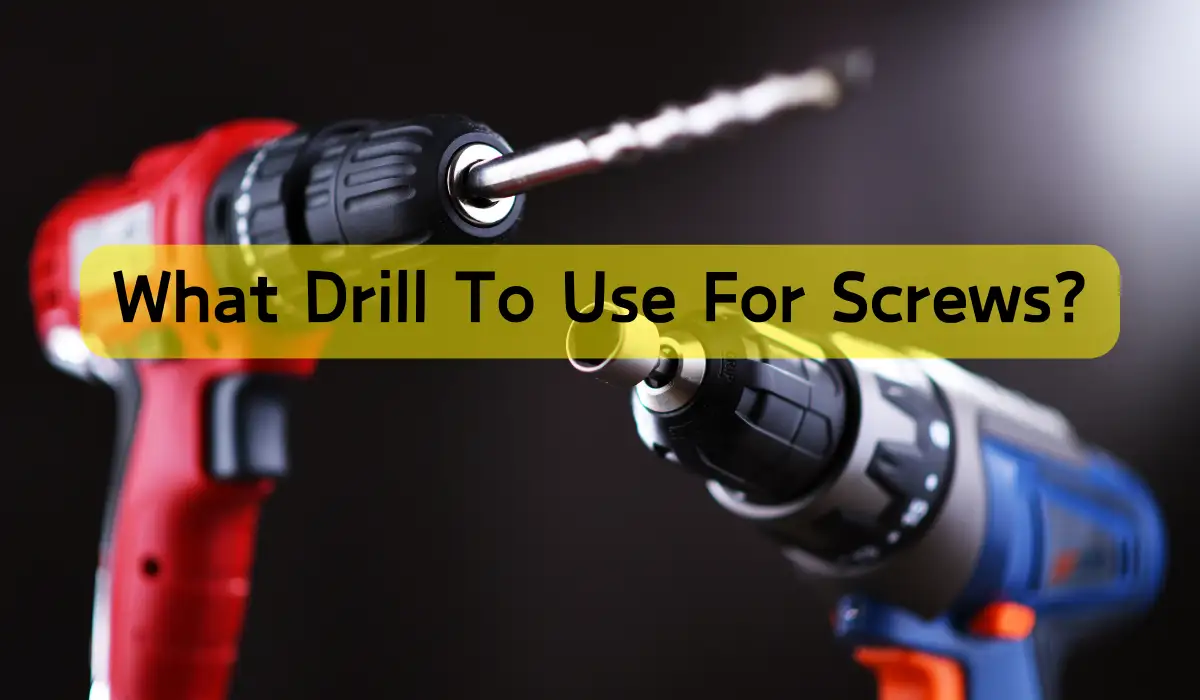You’re likely familiar with cordless drills, but a brushless cordless drill takes convenience to the next level. It harnesses advanced technology to provide more power, efficiency, and reliability. A brushless drill has an electronic controller that rapidly switches energy to the motor, creating a rotating magnetic field that powers the drill bit. This precise control makes brushless drills efficient and reliable, with benefits like longer battery life, faster task completion, and reduced maintenance needs. As you explore the world of brushless cordless drills, you’ll discover more about what makes them tick and how to choose the right one for your needs.
Jump to
Key Takeaways
• A brushless cordless drill uses an electronic controller to rapidly switch energy to the motor, creating a rotating magnetic field that powers the drill bit.
• Brushless motors are more energy-efficient, providing longer battery life and increased power and speed for faster task completion.
• They have fewer moving parts, reducing maintenance needs and producing less heat, which prolongs tool lifespan and improves performance.
• Brushless drills offer precise control over motor speed and torque, making them efficient and reliable for various drilling tasks.
• They provide improved performance and efficiency, making them a preferred choice for professionals and DIYers alike.
How Brushless Drills Work
When you squeeze the trigger on a brushless cordless drill, a complex sequence of events unfolds, but it all begins with the flow of electrical energy from the battery to the motor.
This energy is controlled by an electronic controller, which acts as the ‘brain’ of the drill. The controller rapidly switches the flow of energy to the motor, creating a rotating magnetic field that drives the motor’s rotation.
This rotation is what ultimately powers the drill bit.
As you adjust the speed of the drill, the controller adjusts the frequency of the energy pulses to the motor, allowing the drill to speed up or slow down.
This precise control over the motor’s speed and torque is what makes brushless drills so efficient and reliable. Think of it like a high-performance sports car – the controller is the transmission, ensuring the motor gets exactly the right amount of power to tackle the task at hand.
With this advanced technology, you get a drill that’s not only powerful but also precise and efficient.
Benefits of Brushless Technology
By opting for a brushless cordless drill, you’ll reap numerous benefits that’ll make your drilling tasks easier, faster, and more efficient.
For starters, brushless motors are more energy-efficient, which means you’ll get more battery life out of a single charge. This is especially useful when working on large projects or in remote areas where recharging isn’t convenient.
You’ll also experience increased power and speed, allowing you to complete tasks more quickly and with greater precision.
Another advantage is reduced maintenance, as brushless motors have fewer moving parts, making them less prone to wear and tear. This means you’ll spend less time servicing your drill and more time getting the job done.
Additionally, brushless drills tend to produce less heat, which can prolong the lifespan of your tool.
Key Features to Consider
As you weigh the benefits of a brushless cordless drill, it’s time to examine the key features that’ll make a real difference in your drilling experience.
When choosing the right drill for your needs, consider the motor’s power output, measured in watts (W) or unit watts out (UWO). A higher output typically means more torque and faster drilling.
You’ll also want to look at the battery’s voltage (V) and ampere-hours (Ah), which affect the drill’s runtime and overall performance.
Another essential feature is the drill’s speed settings. A variable speed trigger or adjustable speed settings will give you more control over your drilling tasks.
Additionally, consider the drill’s ergonomics, such as its weight, grip, and balance. A comfortable drill is easier to maneuver and reduces fatigue.
Furthermore, think about the drill’s accessory compatibility, such as the type of chuck and available attachments.
Comparing Brushed Vs Brushless
You’ve likely encountered both brushed and brushless drills on your search for the perfect cordless companion, but what sets them apart, and how do these differences impact your drilling experience?
The main distinction lies in their motor design and functionality. Brushed motors use a physical brush to transfer power, whereas brushless motors rely on electronic commutation. This seemingly small difference has significant implications for performance and longevity.
Efficiency: Brushless motors are more energy-efficient, converting more of the battery’s power into drilling energy.
Durability: Brushless motors have fewer moving parts, making them less prone to wear and tear.
Power: Brushless motors typically offer more torque and speed, making them better suited for heavy-duty tasks.
Maintenance: Brushless motors require minimal maintenance, as they don’t have brushes that need replacing.
Choosing the Right Drill
When selecting the ideal brushless cordless drill, consider the key factors that impact performance, convenience, and overall value.
The drill’s power output, measured in volts (V) and amps (Ah), is a crucial consideration. A higher voltage drill will provide more power, but may be heavier and more expensive.
The type of batteries used is also important, with lithium-ion batteries being popular for their lightweight and long-lasting performance.
Examine the drill’s speed settings and torque control. If you’ll be working with dense materials, look for a drill with high torque and adjustable speed settings.
The drill’s ergonomics and weight distribution are also crucial, with a comfortable grip and balanced design reducing fatigue during extended use.
Finally, review the drill’s accessories and features, such as built-in LED lights, belt clips, and carrying cases.
Maintenance and Troubleshooting
Proper maintenance and regular cleaning can substantially extend the lifespan of your brushless cordless drill, and prevent common issues like overheating and battery drain.
By taking care of your drill, you can guarantee it continues to perform at its best and lasts for a long time.
Some essential maintenance tips to keep in mind:
- Clean the drill regularly: Use a soft cloth to wipe away dirt, dust, and debris that can accumulate on the drill’s exterior and vents.
- Check and maintain the battery: Guarantee the battery is stored properly, avoid deep discharging, and keep it away from extreme temperatures.
- Lubricate the chuck: Apply a few drops of lubricant to the chuck to keep it running smoothly and prevent corrosion.
- Monitor for worn-out parts: Keep an eye out for signs of wear on parts like the belt, gears, and bearings, and replace them promptly if necessary.
Frequently Asked Questions
Can I Use a Brushless Drill in the Rain or Wet Conditions?
You can use a brushless drill in light rain, but avoid submerged or heavy rain conditions, as water can seep into the drill’s internals, damaging the motor or electronics, so use caution and common sense.
Are Brushless Drills Compatible With All Drill Bits and Accessories?
You’ll be happy to know that brushless drills are compatible with most drill bits and accessories, but you might need adapters for older or specialty bits, so always check compatibility before making a purchase.
Do Brushless Drills Require More Maintenance Than Brushed Drills?
You’ll be relieved to know that brushless drills require less maintenance than brushed drills since they have fewer moving parts, reducing wear and tear, and don’t need brush replacements, making them a low-maintenance option.
Can I Convert a Brushed Drill to a Brushless Drill?
You can’t simply convert a brushed drill to a brushless one, as it requires a complete overhaul of the motor and electronics. It’s not a DIY-friendly task, and it’s usually more cost-effective to buy a new brushless drill.
Are Brushless Drills Suitable for Heavy-Duty Industrial Use?
You’ll be pleased to know that brushless drills are more than capable of handling heavy-duty industrial use, thanks to their increased power, efficiency, and durability, making them a reliable choice for demanding tasks and projects.




